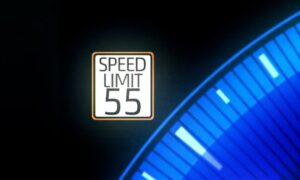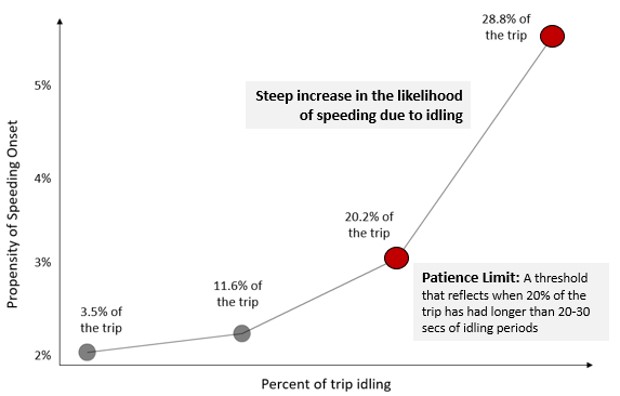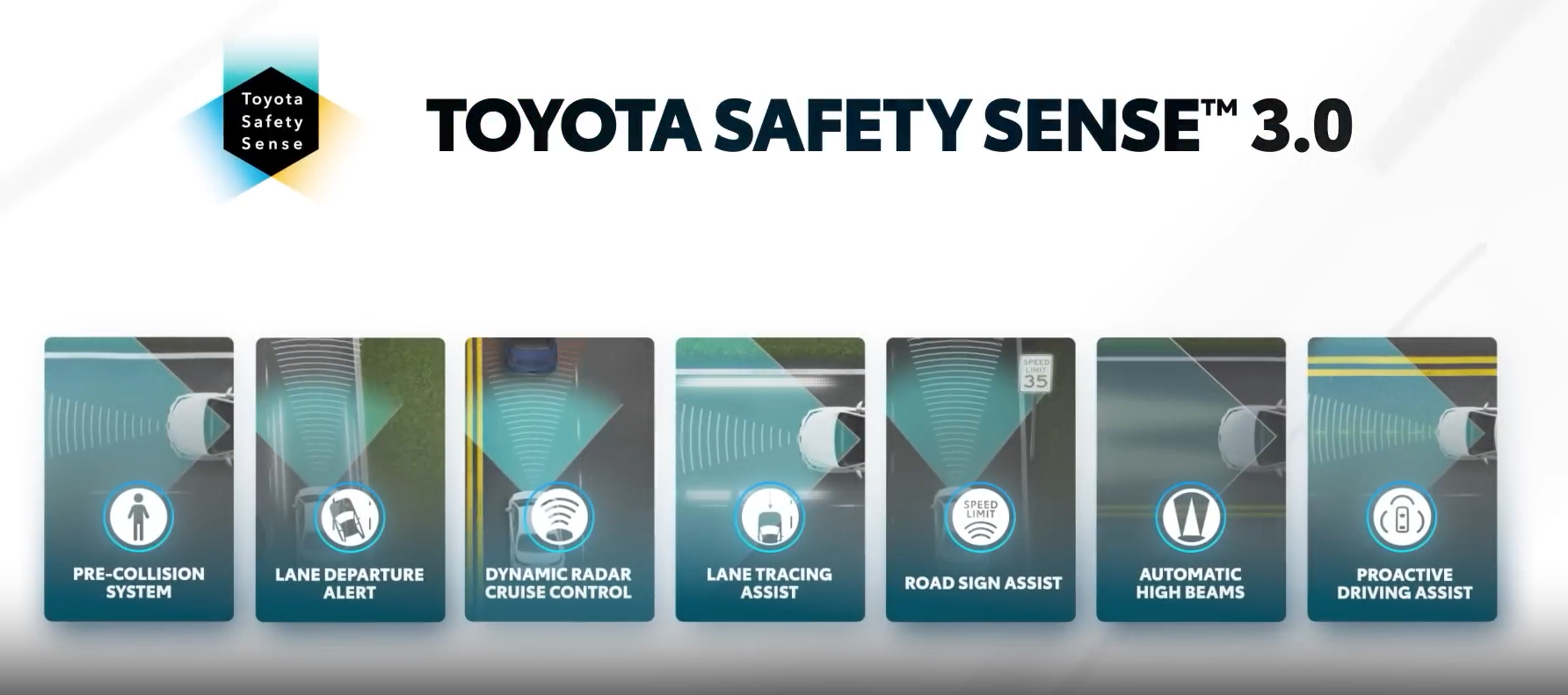
Toyota research center finds that external factors also play role in speeding and risky driving
By onAnnouncements | Technology
Toyota says new research from its Collaborative Safety Research Center (CSRC) found that some previous assumptions about risky driving don’t explain everything about why drivers speed.
“Most prior research focused on individual risky driving events like crashes or near-misses to determine driver behaviors immediately surrounding the event — looking at how factors such as age, thrill-seeking, or attitudes about risk can contribute to unsafe driving,” states a press release from the OEM on the findings. “CSRC’s research showed how the broader context of an entire trip can be another important factor.”
External factors such as idling, surrounding vehicle speed, and time of day play a substantial role in drivers’ choices to speed, according to CSRC’s research.
CSRC and its research collaborators showed it could predict speeding by observing driving characteristics and what is happening outside the vehicle, such as traffic, to infer context for driver behavior, the release states.
“This is some of the first research to show that the choice to speed depends a lot on the circumstances of the drive itself — not only the characteristics of the driver,” said Josh Domeyer, principal scientist at CSRC, in the release.
Toyota said CSRC’s findings can help inform university researchers, groups like the Insurance Institute for Highway Safety and regulatory bodies like the National Highway Traffic Safety Administration – which are all actively looking for ways to make roadways safer.
Toyota says it believes an approach to safety improvements includes giving drivers tools to make better decisions, hence the philosophy behind Toyota Safety Sense (TSS), a suite of driver-assistance systems and alerts that comes standard on nearly every new vehicle from the OEM.
Now, Toyota is leveraging the technology with Road Sign Assist (RSA) “to better inform drivers of their speed and when the local limit is being exceeded,” the release says. TSS cameras and algorithms enable the RSA feature. Cameras can also detect stop, “Do Not Enter,” and yield signs in addition to speed limit signs.
“We want to help our customers make more informed decisions about their driving while being respectful of their autonomy,” said Derek Caveney, Toyota Motor North America R&D senior executive engineer (Saline, Michigan), in the release. “We hope that RSA identifying and displaying the posted speed limit helps our customers do just that.”
The release notes that, ultimately, the driver is responsible for safe and proper use of their vehicle, including the selection of a speed that is appropriate for the circumstances.
Toyota’s approach to active safety technology comes down to helping customers make better, more informed choices when operating their vehicles, Caveney said in the release.
Images
Featured image provided by Toyota
Propensity of speeding chart provided by Toyota Collaborative Safety Research Center
Toyota Safety Sense chart (Toyota pressroom video screenshot)


